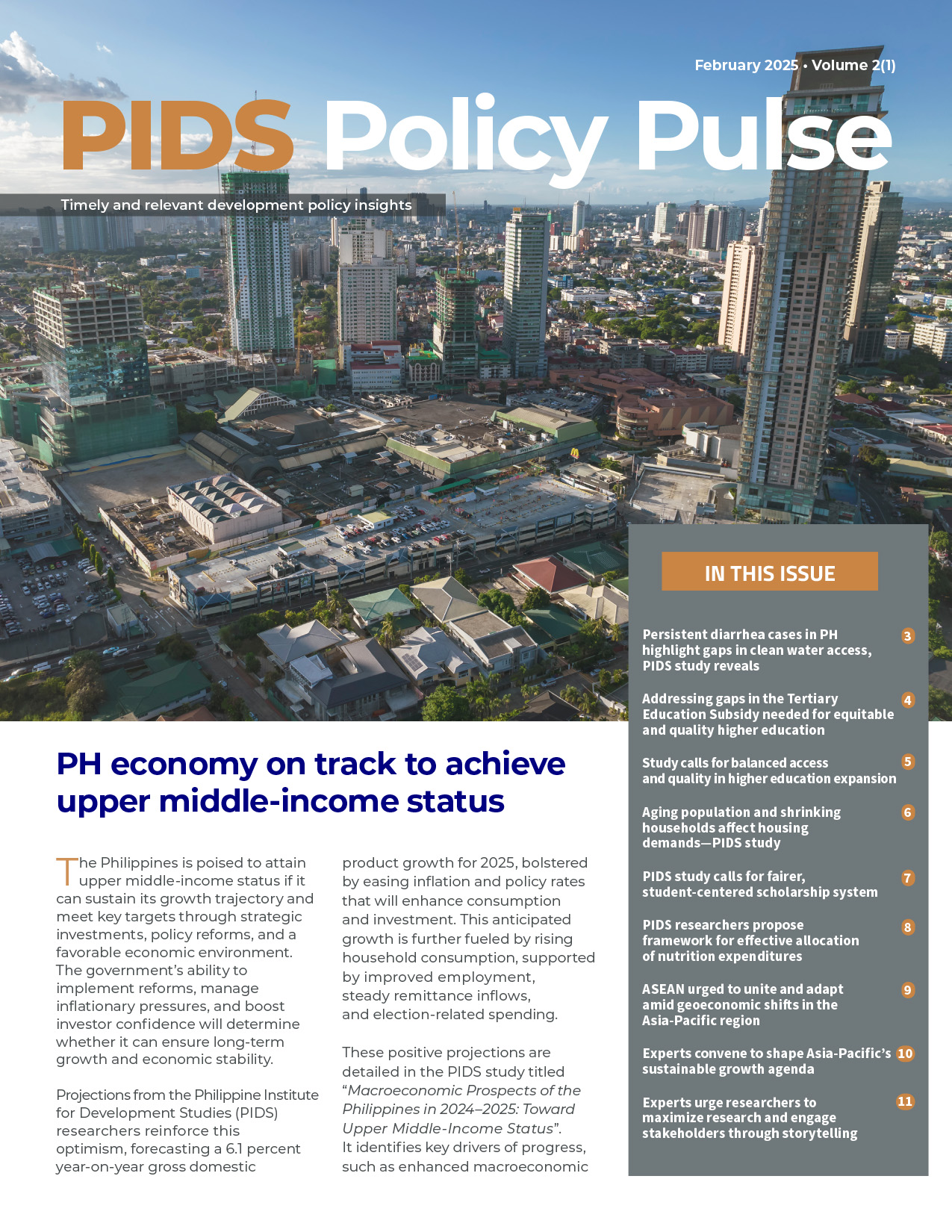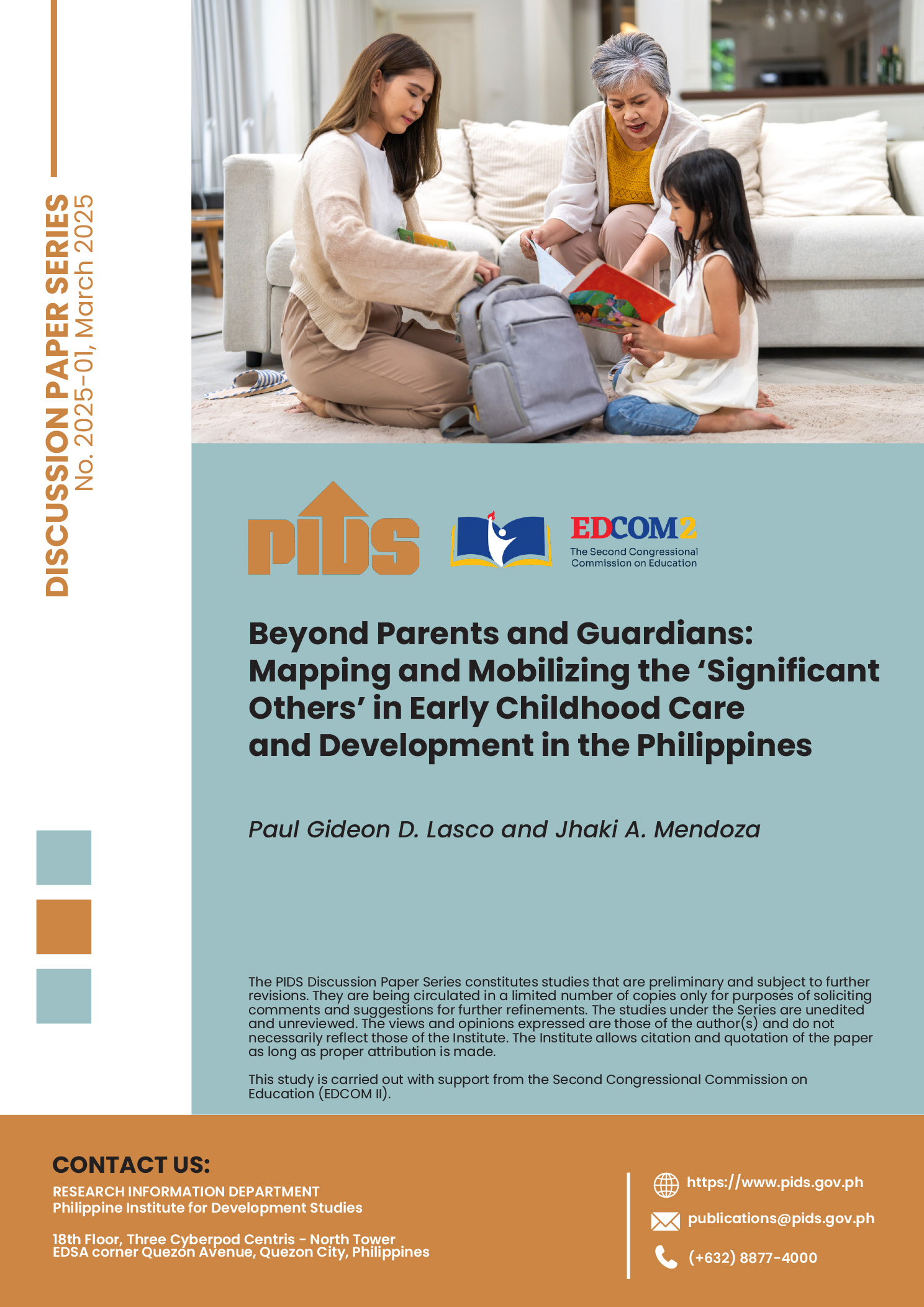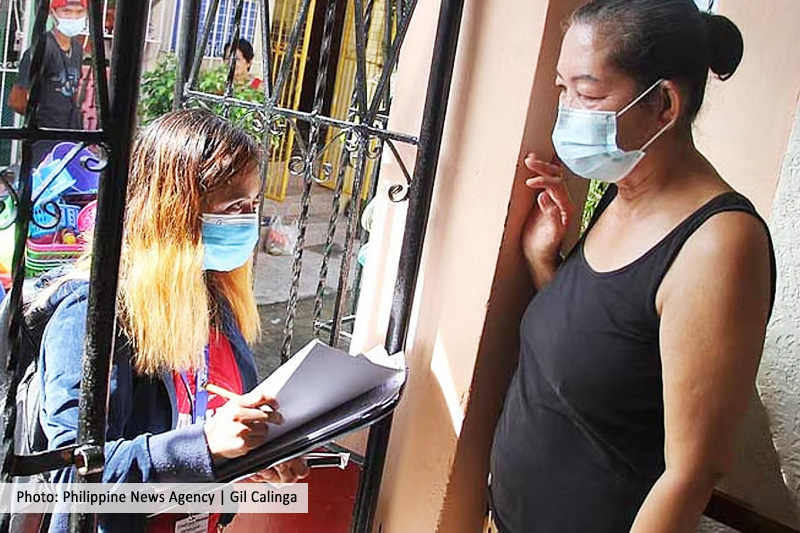University of the Philippines researchers have warned that hospital care resources may be overwhelmed if the number of confirmed coronavirus disease 2019 (COVID-19) cases surges after the relaxation of the enhanced community quarantine (ECQ).
Simulations showed that there is only one intensive care unit (ICU) bed for every six patients in critical condition.
The UP COVID-19 Pandemic Response Team highlighted the short supply of beds in hospitals in many of the country’s regions, in its policy note titled “Estimating Local Healthcare Capacity to Deal with COVID-19 Case Surge: Analysis and Recommendations.”
Assume that a COVID-positive person could infect two others (the current reproductive number is one case could infect 1.072 persons). In such a scenario, simulations showed that 51,933 Filipinos would need hospitalization at the peak of the pandemic and 13,194 of these would be critical cases requiring ICU treatment.
Based on the research, there are 67,119 hospital beds in the country’s 456 hospitals classified as Level 2 and 3, or those equipped to deal with respiratory issues arising from COVID-19. Only around 41 percent of these beds are in government-owned hospitals, which serve the poor majority. This means 77 percent of the total beds would be needed for COVID-19 cases in such a scenario.
But only 2,081 of these beds are in the ICU, which means the projected number of critical cases is more than six times (634 percent) the capacity.
In a graver scenario where a COVID-positive person could infect three others, the projected numbers would be 69,231 cases – 103 percent of the total number of beds, or a shortage of 2,112 beds. Worse, the 17,588 projected critical cases would be 845 percent of the ICU capacity (one bed for every eight people).
“If we are not able to ‘flatten the curve’ or significantly reduce the transmission of the COVID-19 virus in the Philippines through the enhanced community quarantine, the healthcare system will be overwhelmed way beyond its capacity as clearly seen in the relatively low number of hospital and ICU beds,” according to the policy note.
Accounting for the fact that non-COVID-19 patients would have to be treated, too, the paper said around 35,000 additional beds would be needed.
Metro Manila, the country’s most populous region, may face serious shortages in hospital beds. The projected 38,916 to 51,888 cases would be more than double the available beds totaling 18,932.
The 9,887 to 13,182 critical cases projected for the National Capital Region (NCR) would seriously overwhelm the ICUs, which have a total of only 587 beds – an undercapacity rate of 1,685 to 2,246 percent.
Its neighboring provinces Bulacan, Cavite and Rizal were also seen to experience “serious shortages in hospital beds for handling severe and critical cases.”
Outside of Metro Manila, the regions of Ilocos, Central Luzon, Calabarzon, Mimaropa, Bicol, Western Visayas and Central Visayas “may need to stretch their capacities to accommodate the cases during the peak.”
The policy note also pointed out that the cities of Malabon and Navotas, as well as 25 provinces, do not have Level 2 or 3 hospitals equipped to address COVID-19 cases. “It is imperative to capacitate Level 1 hospitals in these areas to address the situation,” it said.
On top of this, the policy note observed that the country has only 3.7 doctors for every 10,000 persons, far below the World Health Organization’s prescribed ratio of 10 doctors per 10,000. There is also a gaping discrepancy across the regions: NCR meets the exact WHO-prescribed ratio, but in the Bangsamoro Autonomous Region in Muslim Mindanao, the ratio is only 0.8 doctor per 10,000 people.
“To handle critical patients, there should ideally be one attending physician for every two patients, and one-on-one nursing. Additionally, there should be one intensivist, one pulmonologist, and one infectious disease specialist for every five patients,” the policy note said.
“Peak-time critical COVID-19 cases alone would require the attention of approximately 21 (percent) of our healthcare workers. Note that this is over and above the already heavy regular workload of our health human resource,” it added.
Days before the UP policy note was made public, the government think tank Philippine Institute for Development Studies released a paper stating that if the country fails to isolate the COVID symptomatic cases, it would need a total of 1.51 million beds, 456,000 ICU beds, 246,000 ventilators, 727,000 doctors, a million nurses, 91,000 medical specialists and 36 million personal protective equipment (PPE) sets when the outbreak peaks possibly in August 2020.
This is in the scenario where 8.5 million people could get sick and one million could die if current conditions continue without additional intervention by the government.
The PIDS paper found that the ECQ could be partially lifted for essential industries like food and manufacturing, but 70 percent of active cases should be aggressively isolated on the day that symptoms start to show. In this least severe scenario, PIDS projected a total of 904,000 cases and around 400,000 deaths.
But the peak of the outbreak would be delayed to May or June 2021, giving the healthcare system more breathing room since the cases would not pile up at the same time. Then, the country’s needs would be reduced to more manageable figures of 182,000 hospital beds, 55,600 ICU beds, 30,000 ventilators, 4.41 million PPE sets, 88,000 doctors, 118,000 nurses and 11,100 medical specialists.
The PIDS paper, as well as a previous policy note by the UP COVID-19 team, did not advocate for prolonging the current ECQ system because local economies would just be paralyzed further. UP said the lockdown could be limited to areas at greater risk of an outbreak, such as Metro Manila, Benguet, Bataan, Pampanga, Bulacan, Rizal, Cavite, Laguna, Batangas, Cebu and Davao del Sur.
PIDS stressed that aggressive efforts to implement early testing and isolate active cases would be of much more help than the lockdown imposed by the Duterte administration to make up for its inability to conduct mass testing.
It said: “Extending the ECQ without other mitigation measures merely delays the progression of the outbreak and still results in a large number of cases.”
Simulations showed that there is only one intensive care unit (ICU) bed for every six patients in critical condition.
The UP COVID-19 Pandemic Response Team highlighted the short supply of beds in hospitals in many of the country’s regions, in its policy note titled “Estimating Local Healthcare Capacity to Deal with COVID-19 Case Surge: Analysis and Recommendations.”
Assume that a COVID-positive person could infect two others (the current reproductive number is one case could infect 1.072 persons). In such a scenario, simulations showed that 51,933 Filipinos would need hospitalization at the peak of the pandemic and 13,194 of these would be critical cases requiring ICU treatment.
Based on the research, there are 67,119 hospital beds in the country’s 456 hospitals classified as Level 2 and 3, or those equipped to deal with respiratory issues arising from COVID-19. Only around 41 percent of these beds are in government-owned hospitals, which serve the poor majority. This means 77 percent of the total beds would be needed for COVID-19 cases in such a scenario.
But only 2,081 of these beds are in the ICU, which means the projected number of critical cases is more than six times (634 percent) the capacity.
In a graver scenario where a COVID-positive person could infect three others, the projected numbers would be 69,231 cases – 103 percent of the total number of beds, or a shortage of 2,112 beds. Worse, the 17,588 projected critical cases would be 845 percent of the ICU capacity (one bed for every eight people).
“If we are not able to ‘flatten the curve’ or significantly reduce the transmission of the COVID-19 virus in the Philippines through the enhanced community quarantine, the healthcare system will be overwhelmed way beyond its capacity as clearly seen in the relatively low number of hospital and ICU beds,” according to the policy note.
Accounting for the fact that non-COVID-19 patients would have to be treated, too, the paper said around 35,000 additional beds would be needed.
Metro Manila, the country’s most populous region, may face serious shortages in hospital beds. The projected 38,916 to 51,888 cases would be more than double the available beds totaling 18,932.
The 9,887 to 13,182 critical cases projected for the National Capital Region (NCR) would seriously overwhelm the ICUs, which have a total of only 587 beds – an undercapacity rate of 1,685 to 2,246 percent.
Its neighboring provinces Bulacan, Cavite and Rizal were also seen to experience “serious shortages in hospital beds for handling severe and critical cases.”
Outside of Metro Manila, the regions of Ilocos, Central Luzon, Calabarzon, Mimaropa, Bicol, Western Visayas and Central Visayas “may need to stretch their capacities to accommodate the cases during the peak.”
The policy note also pointed out that the cities of Malabon and Navotas, as well as 25 provinces, do not have Level 2 or 3 hospitals equipped to address COVID-19 cases. “It is imperative to capacitate Level 1 hospitals in these areas to address the situation,” it said.
On top of this, the policy note observed that the country has only 3.7 doctors for every 10,000 persons, far below the World Health Organization’s prescribed ratio of 10 doctors per 10,000. There is also a gaping discrepancy across the regions: NCR meets the exact WHO-prescribed ratio, but in the Bangsamoro Autonomous Region in Muslim Mindanao, the ratio is only 0.8 doctor per 10,000 people.
“To handle critical patients, there should ideally be one attending physician for every two patients, and one-on-one nursing. Additionally, there should be one intensivist, one pulmonologist, and one infectious disease specialist for every five patients,” the policy note said.
“Peak-time critical COVID-19 cases alone would require the attention of approximately 21 (percent) of our healthcare workers. Note that this is over and above the already heavy regular workload of our health human resource,” it added.
Days before the UP policy note was made public, the government think tank Philippine Institute for Development Studies released a paper stating that if the country fails to isolate the COVID symptomatic cases, it would need a total of 1.51 million beds, 456,000 ICU beds, 246,000 ventilators, 727,000 doctors, a million nurses, 91,000 medical specialists and 36 million personal protective equipment (PPE) sets when the outbreak peaks possibly in August 2020.
This is in the scenario where 8.5 million people could get sick and one million could die if current conditions continue without additional intervention by the government.
The PIDS paper found that the ECQ could be partially lifted for essential industries like food and manufacturing, but 70 percent of active cases should be aggressively isolated on the day that symptoms start to show. In this least severe scenario, PIDS projected a total of 904,000 cases and around 400,000 deaths.
But the peak of the outbreak would be delayed to May or June 2021, giving the healthcare system more breathing room since the cases would not pile up at the same time. Then, the country’s needs would be reduced to more manageable figures of 182,000 hospital beds, 55,600 ICU beds, 30,000 ventilators, 4.41 million PPE sets, 88,000 doctors, 118,000 nurses and 11,100 medical specialists.
The PIDS paper, as well as a previous policy note by the UP COVID-19 team, did not advocate for prolonging the current ECQ system because local economies would just be paralyzed further. UP said the lockdown could be limited to areas at greater risk of an outbreak, such as Metro Manila, Benguet, Bataan, Pampanga, Bulacan, Rizal, Cavite, Laguna, Batangas, Cebu and Davao del Sur.
PIDS stressed that aggressive efforts to implement early testing and isolate active cases would be of much more help than the lockdown imposed by the Duterte administration to make up for its inability to conduct mass testing.
It said: “Extending the ECQ without other mitigation measures merely delays the progression of the outbreak and still results in a large number of cases.”












